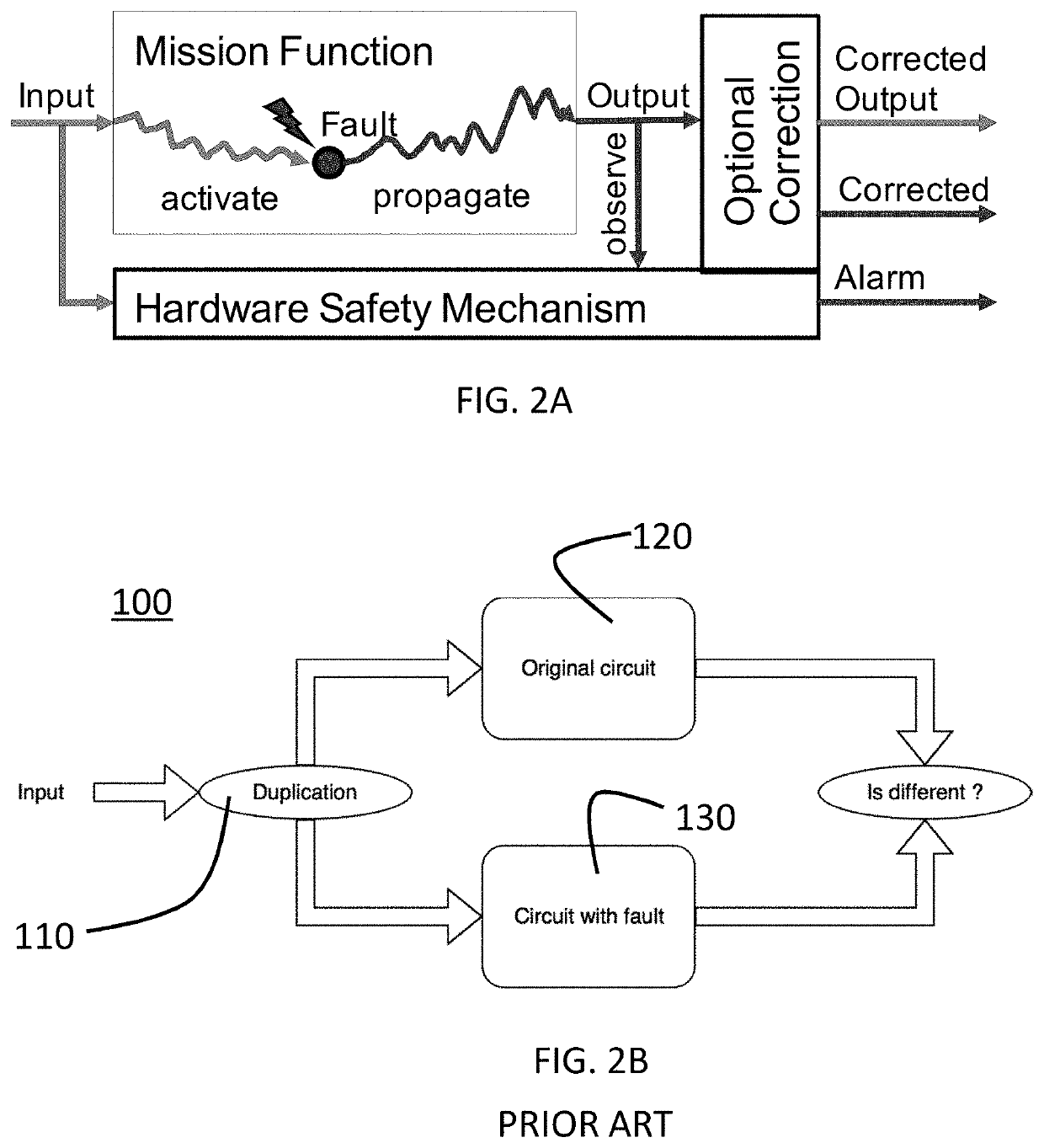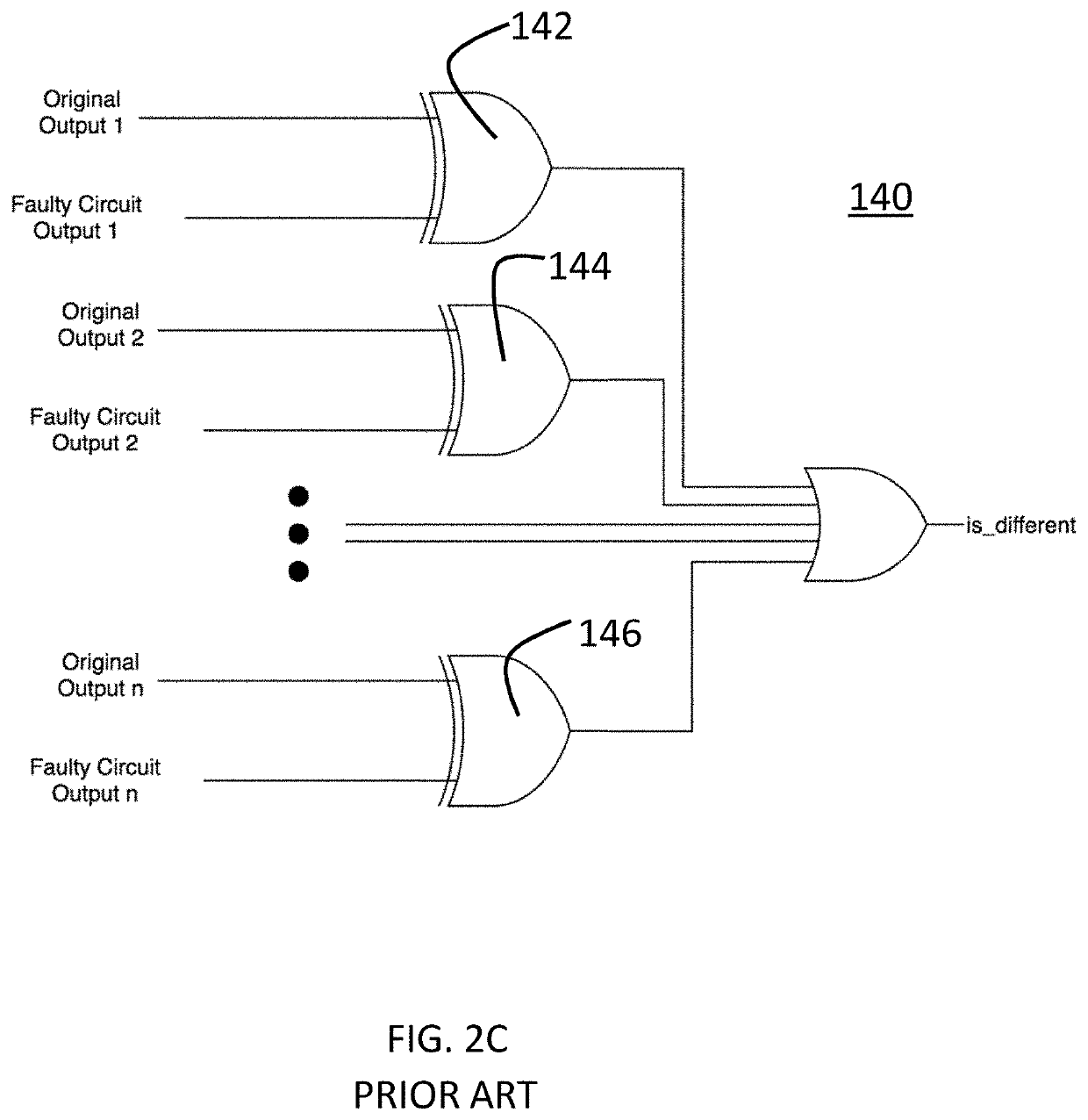A defective headrest
video screen may be an
irritation to a young passenger in the back seat, but a malfunctioning corrective
steering system could cost the occupants of the vehicle their lives.
These risks have caused industries to adopt stringent safety-related standards for electrical or
electronic systems.
The risk of liability is a clear driver of the adoption of the ISO 26262 standard, but there is more at stake: vehicle recalls in the millions and malfunctions leading to fatal car accidents not only cause economic damage, but also diminish the brand image of the companies involved.
Systematic faults are introduced during component development, either through
human error or tool / methodology malfunction.
Random faults occur during the actual operation of the device due to external effects.
Over the past several years, automotive suppliers have made substantial investments to meet ISO 26262 requirements, often leading to significant increases in development costs.
Even for simple designs,
simulation tools cannot achieve this level of precision.
Failures happen when an element of a
system no longer performs its required function.
They are caused by errors, such as a hardware component not behaving as expected.
Errors are caused by faults either in the design of the device, or occurring during its operation.
Such faults can potentially alter the behavior of the electronic system.
These faults can in safety critical systems lead to death, injury or high economical losses.
Systematic failures can originate in both hardware and
software and have a deterministic relation to certain causes or faults, for example, specification or coding mistakes in
software or hardware code.
Random failures originate only in hardware and occur in an unpredictable fashion that generally follows a probability distribution.
They cannot be traced back to specific problems and are expected to occur during system operation.
Note that random component failure might be seen as a systematic fault at the vehicle level.
One of the challenges is to detect as many faults as possible, while limiting the size and run time of the code.
Hardware-based safety mechanisms significantly complicate all stages of development, including physical implementation, as they increase circuit area and make it harder to achieve the target
clock frequency.
The
functional verification of the RTL model implementing a safety mechanism is a critical activity, as mistakes could lead to hardware that causes dangerous situations rather than preventing them.
Even when a test activates a design feature that is not correctly implemented, the erroneous behavior could go undetected unless it propagates to an
observation point (or checker).
For
simulation, typically this involves creating individual, directed tests, which can be laborious and error-prone.
Safe faults are faults that are not in the safety relevant parts of the logic or are in the safety relevant logic but are unable to
impact the design function, i.e., they cannot violate a safety goal.
Single point faults are dangerous because they can violate a safety goal and there is no safety mechanism to protect against them.
Residual faults also are dangerous because they can violate a safety goal and escape the safety mechanism.
However, identifying them is challenging.
The safety analysis of complex automotive SoCs including a variety of safety mechanisms poses many challenges.
The number of relevant fault scenarios is huge.
Faults not activated or propagated by the input stimuli consume a large proportion of the simulation cycles, while remaining in the “potentially propagatable” group.
These faults are difficult to debug when considering stimulus improvements.
The analysis of faults is inefficient with respect to both the fault scenarios (some simulators requiring one run per
scenario) and the specific
workload, or input vectors, applied to the model (simulators only execute one
workload at a time).
Moreover, to achieve the target ASIL diagnostic or detection coverage—the metric specifying the number of safe faults—engineers may have to manually identify safe faults, create complex tests that can activate and propagate tricky faults to safety logic, and define the boundaries of safety-critical logic.
These tasks are effort-intensive, error-prone, and intrinsically incomplete.
Formal verification is widely recognized as a powerful technique to uncover hardware design bugs that might otherwise escape simulation-based
verification and lead to systematic failures.
Even for simple designs, simulation tools cannot achieve this level of precision.
Formal verification is widely recognized as a powerful technique to uncover hardware design bugs that might otherwise escape simulation-based verification and lead to systematic failures.
Even for simple designs, simulation tools cannot achieve this level of precision.
However, simulation of all possible situations is usually not practically possible.
Furthermore, the design may have capability to detect and
signal that an error has happened within, leaving the
recovery actions to the rest of the system or to the user.
The PAs that have been detected are considered safe faults, while the propagatable faults that are not detected are considered dangerous faults.
 Login to View More
Login to View More  Login to View More
Login to View More 


